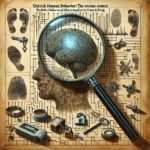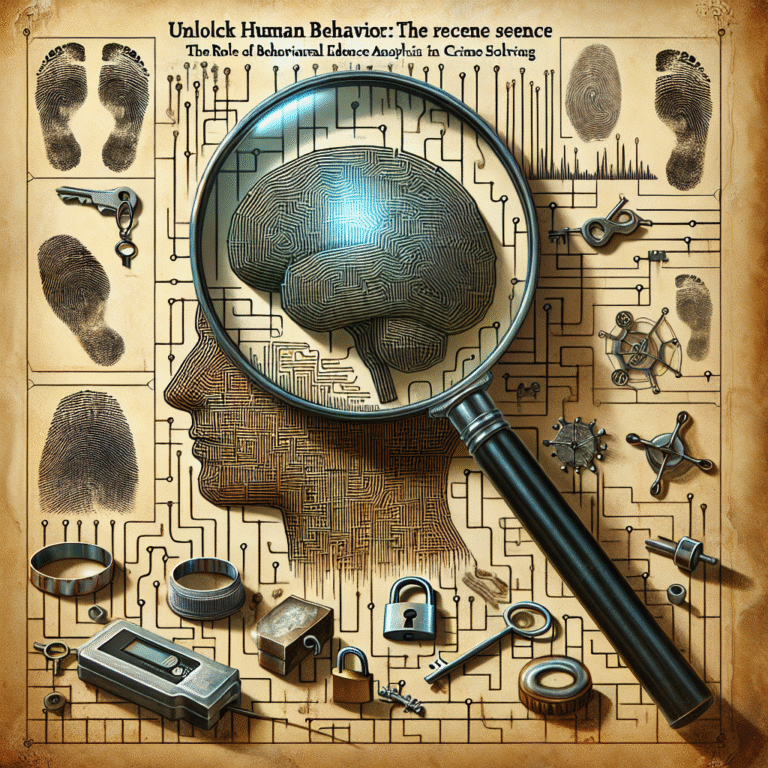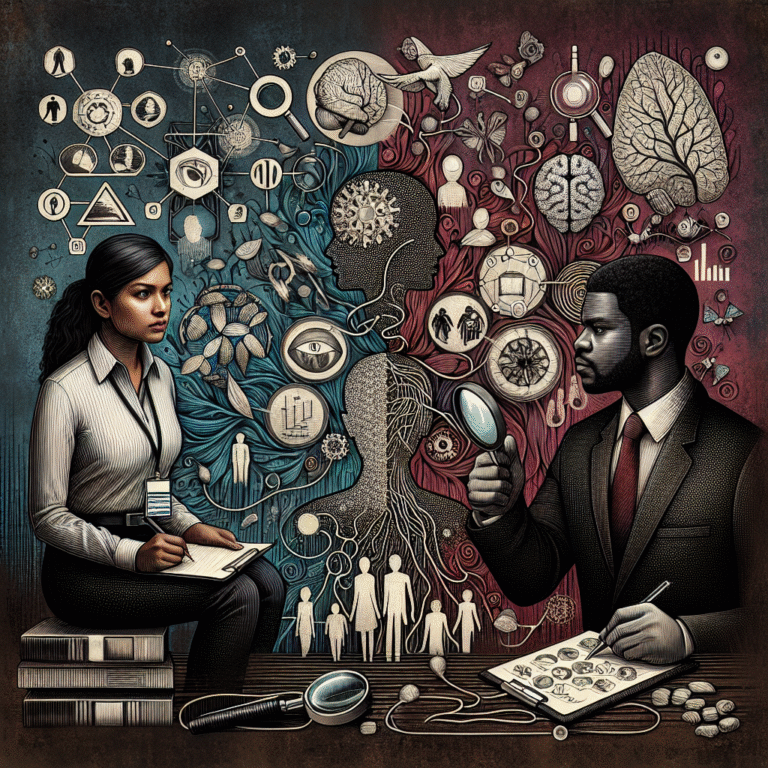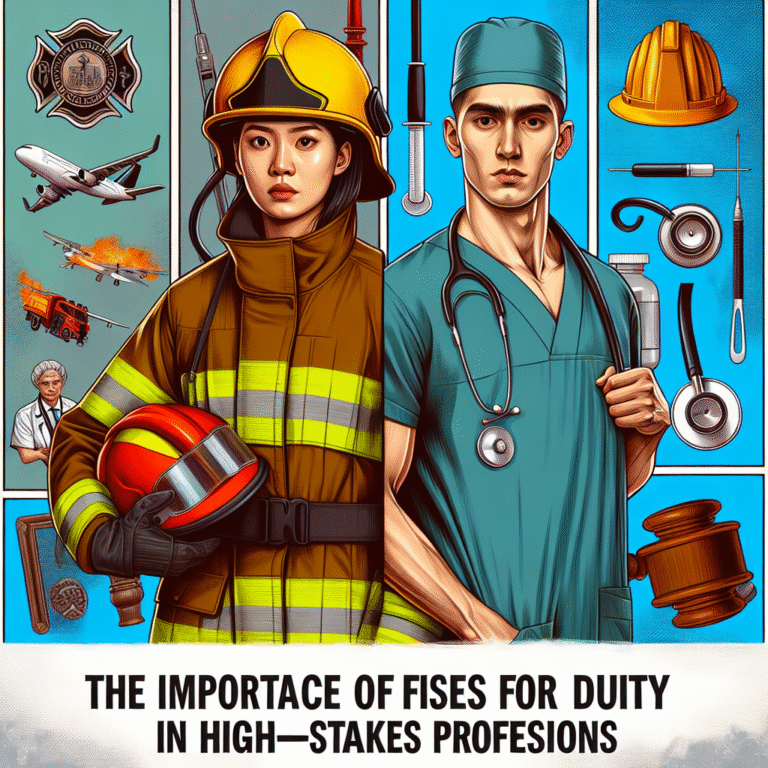
Introduction
In an era defined by rapid change and an overwhelming flow of information, the ability to shift perspectives can be a game-changer. If you’ve ever found yourself grappling with a problem or brainstorming for an innovative solution, you might be wondering, "Would you like more specific ideas or a different angle?" This pivotal question can unlock fresh insights and creative avenues, allowing you to explore concepts you’ve previously overlooked.
Whether in business, education, or personal growth, expanding your mental toolkit with specific ideas and diverse viewpoints is essential for breakthrough thinking. In this comprehensive guide, we will delve into the importance of exploring different angles and ideas, supported by real-world case studies and practical strategies.
Understanding Perspectives: Why Specific Ideas Matter
The Cognitive Advantage of Diversity
Human cognition thrives on diversity. The ability to access a variety of perspectives enhances problem-solving, decision-making, and creativity. Research shows that diverse teams are more innovative. A 2018 study published by McKinsey found that companies with increased diversity are 35% more likely to outperform their peers. This statistic underscores the importance of seeking specific ideas and alternative angles.
The Role of Curiosity in Idea Generation
Curiosity is a natural catalyst for innovation. By actively seeking out specific ideas or varying your perspective, you embrace a growth mindset. This mindset propels learning and keeps you open to new knowledge, ultimately enriching your personal and professional lives.
Table 1: Benefits of Diverse Perspectives in Decision Making
| Benefit | Description |
|---|---|
| Enhanced Creativity | More ideas lead to innovative solutions. |
| Improved Problem-Solving | Multiple viewpoints highlight different aspects of an issue. |
| Greater Engagement | Diverse teams often have higher levels of participation. |
| Better Decision-Making | With a wider array of facts and opinions, choices are more informed. |
Case Study: How IDEO Revolutionized Design Thinking
Background
The design consultancy IDEO is renowned for its groundbreaking approach to product design. One of their key principles is actively asking the question: "Would you like more specific ideas or a different angle?" This strategy is fundamentally about empathy, which requires looking at problems from a user’s viewpoint.
Implementation
In a project aimed at redesigning the shopping cart, IDEO brought together a diverse team of engineers, anthropologists, psychologists, and industrial designers. Their first step was to gather everyone’s perspective—what are users’ pain points? What specific ideas could alleviate these challenges?
Outcome
The team generated numerous innovative concepts, leading to a prototype that redefined the shopping experience. By actively seeking diverse viewpoints, IDEO crafted a solution that was both practical and user-centered, illustrating that sometimes a shift in perspective can yield revolutionary results.
Techniques for Generating Specific Ideas
1. Brainstorming Sessions
Group brainstorming sessions can be a goldmine for generating divergent ideas. Encourage participants to contribute without fear of judgment. Ask the question, "Would you like more specific ideas or a different angle?" repeatedly throughout the session to prompt fresh thinking.
2. Mind Mapping
Mind mapping is a powerful visual tool that helps you see the connections between ideas. Start with a central concept in the middle of your map, branching out into varying themes or specific ideas. This format promotes exploration and can lead you to discover angles that might have been previously neglected.
Chart 1: Example of a Mind Map for Content Marketing Strategies
Content Marketing
|
-------------------------------------------------
| | |
Blogs Infographics Videos
| | |
Tips & Tricks Data Visualization Tutorials
| | |SEO Optimization User Engagement Metrics Storytelling Techniques
3. Iconic Questioning
Employ techniques like the "5 Whys," a questioning method that encourages examining the root cause of an issue. For every answer you provide, ask yourself, "Why?" repeatedly until you reach a deeper understanding. This exploration often reveals alternative angles or specific solutions that were not initially apparent.
Why is it Essential to Embrace Change?
When faced with challenges, asking, "Would you like more specific ideas or a different angle?" can act as a compass guiding you through your thought process. Embracing change is pivotal; it allows for adaptability and resilience in both personal and professional contexts.
The Impact of Change on Personal Growth
Embracing diverse ideas creates pathways toward personal growth. It opens the door for new experiences and insights that contribute to your overall development. For instance, exploring literature or art from different cultures can provide specific ideas that enrich your worldview and enhance empathy.
The Business Perspective
From a corporate standpoint, companies that embrace change foster innovation. Take the example of Netflix—when it pivoted from DVD rentals to streaming services, it did so by asking, "Would you like more specific ideas or a different angle?" This shift not only increased their market share but also changed the landscape of the entertainment industry.
Conclusion
To elevate your personal and professional life, it’s essential to embrace the idea of seeking specific ideas or a different angle. By understanding the cognitive advantages of diversity, tapping into curiosity, and applying practical techniques, you can foster an environment ripe for innovation and growth. Remember, every challenge is an opportunity for learning and transformation.
So next time you face a dilemma, ask yourself, "Would you like more specific ideas or a different angle?" Let curiosity guide you to the solutions that have the potential to change your trajectory.
FAQs
1. How can I encourage diverse perspectives in my team?
Encourage open discussion, utilize brain-storming techniques, and ensure that all voices are heard in meetings. Consider rotating leadership roles to provide different viewpoints.
2. What are some tools for idea generation?
Mind mapping tools (like XMind), brainstorming software (like Miro), or collaborative platforms (like Trello) can be helpful for generating and organizing ideas.
3. How do I overcome resistance to new ideas?
Communicate the benefits clearly, demonstrate past successes from innovation, and foster a culture where failure is viewed as a learning opportunity.
4. Can exploring specific ideas lead to analysis paralysis?
Yes, sometimes too many details can overwhelm. It’s vital to strike a balance between depth and clarity, prioritizing ideas that align most closely with your goals.
5. How can I apply different angles to daily decision-making?
Start by questioning your assumptions and considering multiple perspectives on everyday situations, such as choosing a lunch spot or planning a social event. This habit can yield richer experiences.
By understanding and applying these principles, you’re on a path to not just becoming a better thinker, but also a more innovative individual ready to embrace and lead change. Would you like more specific ideas or a different angle? The choice is yours!















